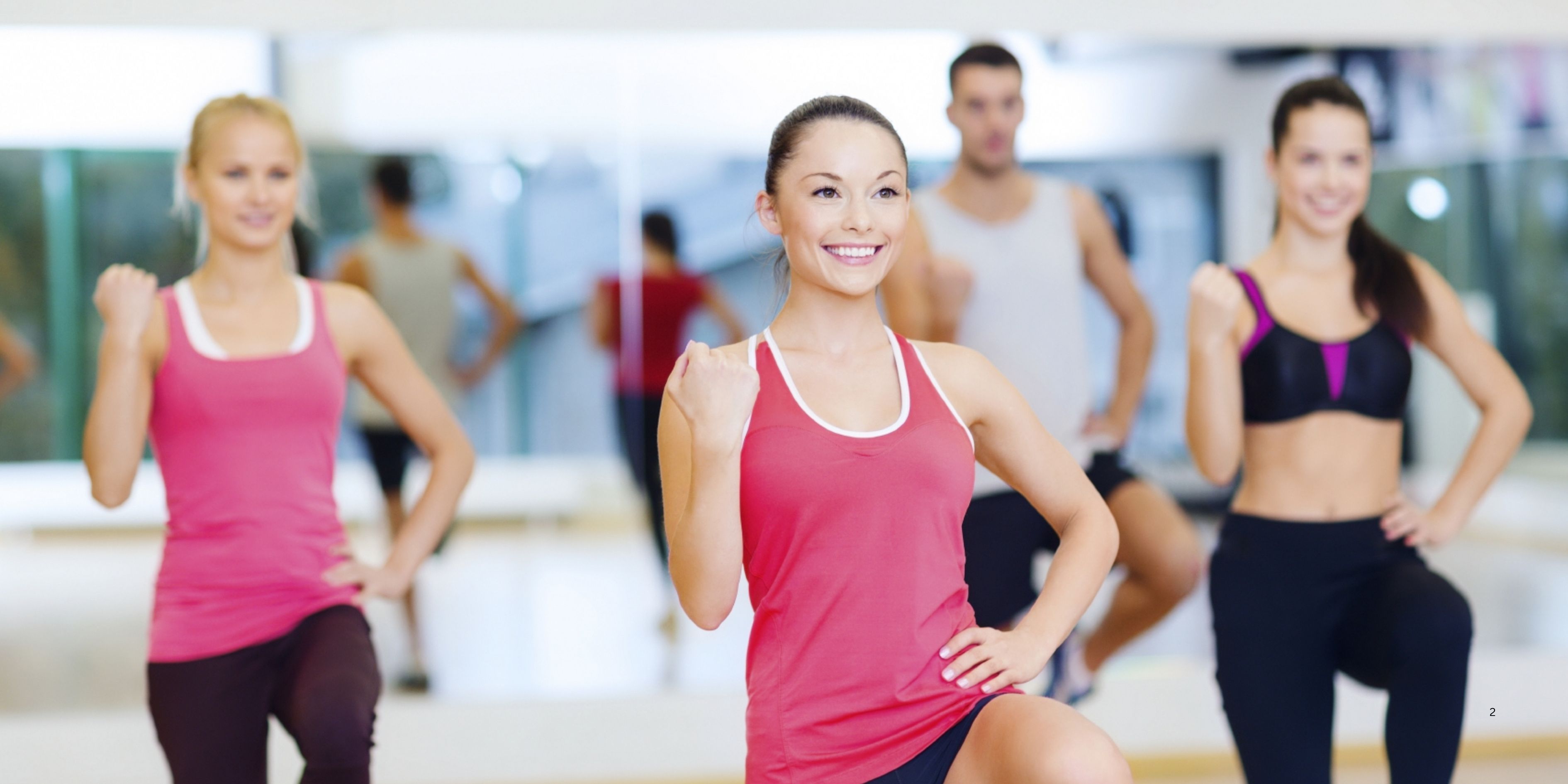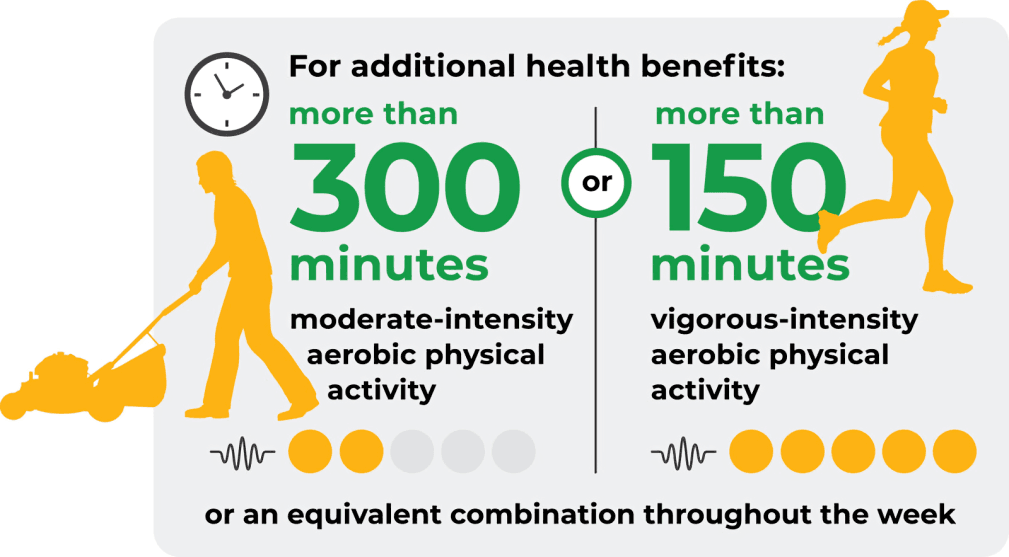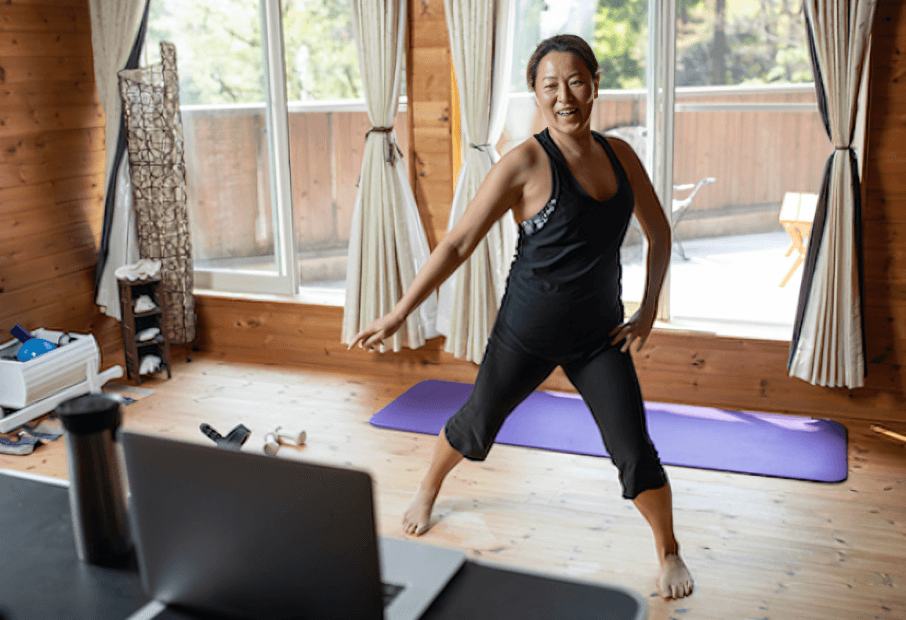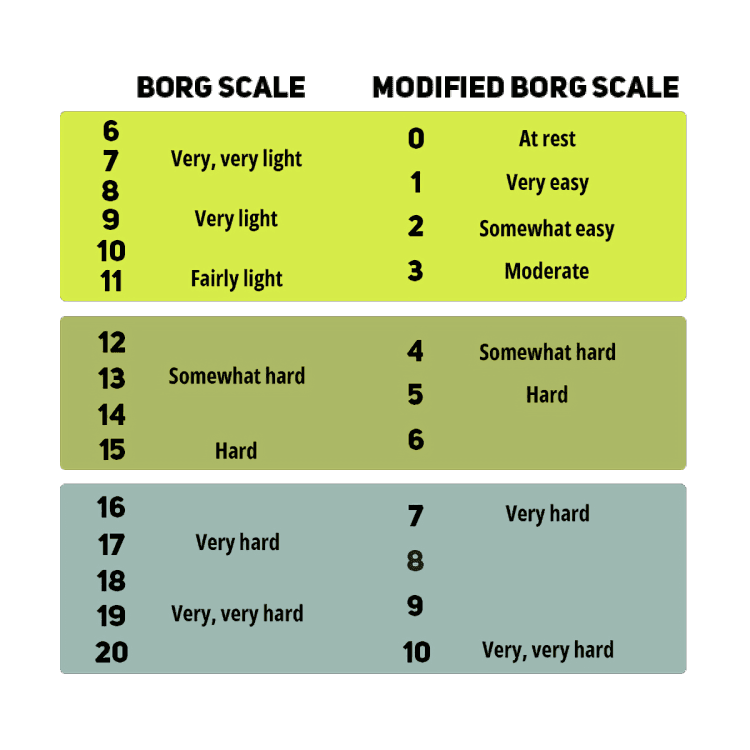
“
Fitness is not one-size-fits-all—workout plans for different age groups prove just that. From energetic teens building strength to seniors focused on flexibility and bone health, your age matters when tailoring a plan that works for your body, goals, and daily life. The science behind workout plans for different age groups shows how we evolve physically and how our training must evolve, too.1
”
Preschool-aged children (3-5 years old) should engage in physical activity throughout the day to enhance growth and development. Activities like running, hopping, and playing catch help develop motor skills. 1
Incorporating diverse physical activities in childhood and adolescence helps develop motor skills and reduces the risk of overuse injuries. Exposure to various sports ensures balanced muscle development.2

Adults aged 18-64 should engage in at least 150 minutes of moderate-intensity aerobic exercise weekly, like brisk walking. Additionally, muscle-strengthening activities should be done two or more days per week.
Including both aerobic and muscle-strengthening exercises in adult routines boosts fitness and reduces chronic disease risks. Activities like swimming, cycling, and weight training improve heart health. 3
Children and teens (6–17 years) should get 60 minutes of moderate-to-vigorous activity daily, including biking for cardio, climbing for muscle strength, and jumping rope for bone health at least three times weekly. 4
Regular physical activity in older adults contributes to maintaining independence and enhances the ability to perform daily tasks effectively. Exercises focusing on strength and flexibility reduce the likelihood of injuries.5

Weight-bearing exercises, such as walking or dancing, are particularly advantageous for postmenopausal women to combat osteoporosis by strengthening bones. These activities stimulate bone formation.
Women in their 30s and 40s often benefit from functional training routines that improve posture, core strength, and pelvic floor stability. These workouts can be particularly useful during pregnancy.6
Men in their 40s should include flexibility exercises, such as yoga or dynamic stretching, alongside weight training to counteract natural declines in testosterone and joint mobility. 7
By age 50, workouts should shift focus to preserving muscle mass and bone strength through resistance exercises, using machines or bodyweight, alongside low-impact cardio.8
Seniors aged 60 and above benefit most from gentle yet consistent activities like walking, tai chi, or resistance bands. These improve circulation and help maintain independence by reducing the risk of injury.9

Adolescents participating in team sports not only benefit physically but also develop social skills and teamwork abilities. Engaging in sports like soccer, basketball, or volleyball fosters, cooperation and camaraderie.
HIIT is a time-efficient workout that delivers strong cardiovascular benefits in short sessions, ideal for busy adults. Alternating between intense bursts of activity and rest periods maximizes workout efficiency.10
Incorporating rest days into workout routines allows muscles to recover and reduces the risk of overuse injuries. Scheduling regular rest or low-intensity days ensures adequate recovery and prevents burnout.11
Teenagers going through puberty often experience uneven muscle development, so a full-body approach using light weights or bodyweight is recommended. The focus should be on proper form rather than maximum weight. 12
Functional fitness exercises, which mimic everyday movements, can reduce injury risk, especially in older adults. Activities like squats, lunges, and lifting exercises improve strength for daily tasks.13
Engaging in group fitness classes can provide motivation and social interaction, enhancing adherence to exercise routines. Participating in classes like aerobics, dance, or spin fosters a sense of community. 14

Monitoring exercise intensity using the talk test can help individuals ensure they are working within their target heart rate zones. Being able to speak comfortably during moderate activity indicates appropriate intensity levels.
Gradually increasing the intensity and duration of workouts helps prevent injuries and allows the body to adapt safely to new exercise regimens. Progressive overload ensures continuous improvement. 15
Adequate hydration before, during, and after exercise is crucial for optimal performance and recovery across all age groups. Maintaining fluid balance supports bodily functions and prevents dehydration-related complications.16


